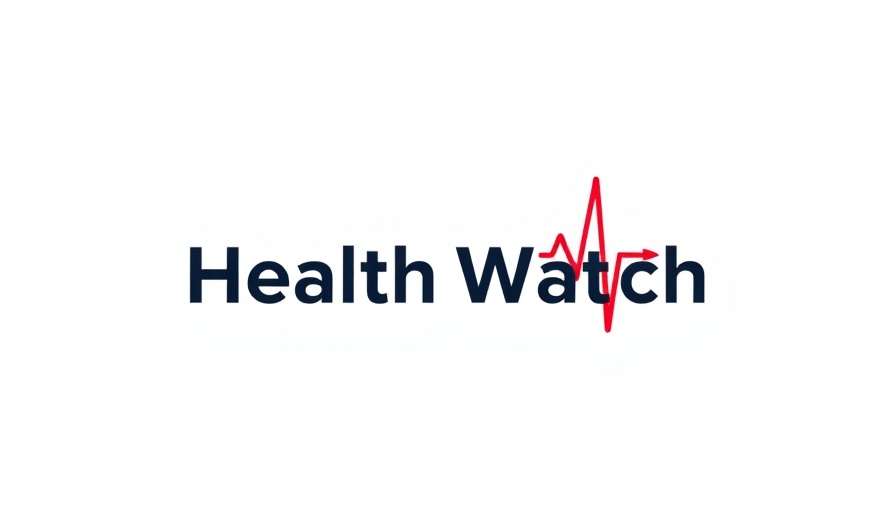
The Alarming Impact of Medical Debt on American Families
In a striking revelation, it has been reported that Americans borrowed a staggering $74 billion last year to cover healthcare costs, highlighting a significant concern for families across the nation. This financial burden affects not only those who are uninsured but also many who have health insurance. More than 31 million adults, representing about 12% of U.S. adults, resorted to borrowing to manage medical expenses, according to a recent West Health-Gallup Healthcare Survey.
Understanding the Demographics of Medical Borrowing
The borrowing patterns reveal stark disparities among different demographics. Young adults aged 18 to 29 are the most affected, with 18% indicating they borrowed funds for healthcare. This is notably higher than the figure for those aged 50 and older, where only 9% reported similar experiences. Additionally, Black and Hispanic adults are disproportionately affected, with borrowing rates of 23% and 16%, respectively, compared to 9% for their White counterparts. This trend illustrates a broader issue of financial inequities within the U.S. healthcare system.
Generational Divide in Healthcare Borrowing
Examining the statistics further, it becomes evident that generational divides play a crucial role in how families cope with healthcare costs. Younger adults tend to borrow more frequently due to the high cost of services, which can often lead to financial distress. The implications of such borrowing can be severe, as families might prioritize healthcare over other essential needs, such as food or housing. The necessity to make these challenging trade-offs reflects the broader societal issue of how healthcare expenses are increasingly becoming a barrier to basic living standards.
The Growing Concern Over Medical Debt
The anxiety surrounding the potential for medical debt is palpable. A majority of Americans, about 58%, express concerns that a major health event could plunge them into similar debt. This anxiety is particularly acute among those earning less than $180,000 annually, indicating that healthcare costs continue to strain middle-class families. The burden is not limited to low-income individuals but spans various income brackets, illustrating how healthcare expenses remain a threat that most Americans cannot easily navigate.
Trade-offs Families Are Making to Manage Costs
Compounding the stress, there is a growing trend of families making difficult choices to afford healthcare. Many have reported sacrificing fundamental needs like grocery purchases or delaying rent payments to secure medical care. Such decisions not only affect the immediate financial stability of families but also their long-term health and well-being. Experts emphasize the need for policy reforms that could alleviate this burden, helping families to seek necessary care without incurring significant debt.
Recommendations for Policy Change in Healthcare
Addressing the medical debt crisis is not just about individual financial responsibility; it requires systematic change. Experts, including healthcare advocates and economists, call for reforms that reduce healthcare costs and improve accessibility. Implementing policies that allow for better health coverage, especially for the most vulnerable populations, is critical to curtailing the cycle of borrowing associated with healthcare needs.
Concluding Thoughts on Healthcare Financial Strain
As these statistics illustrate, the financial strain from healthcare borrowing is a pressing issue that affects millions of Americans. It underlines the urgent need for a robust public policy response to help mitigate the high costs associated with healthcare access. By shedding light on this growing crisis, we can begin to work toward solutions that ensure healthcare is a right for all, rather than a privilege that comes at a price.
The debt incurred due to healthcare needs is not just a statistic; it represents the lived experiences of millions. Understanding this reality can inspire necessary changes in policy and help create a healthcare system that prioritizes the well-being of every American.
 Add Row
Add Row  Add
Add 




Write A Comment